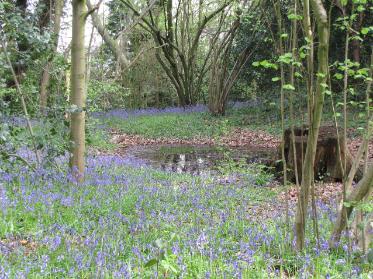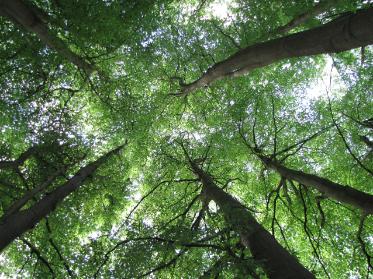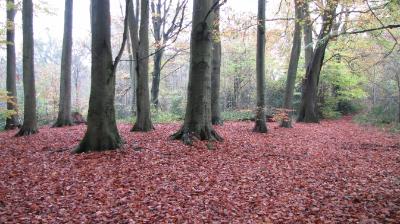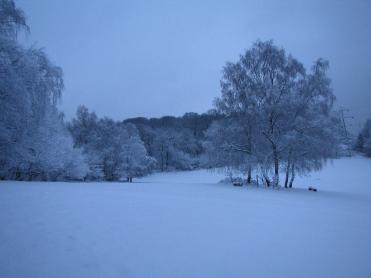
|
ESBPS Jan 2024 Newsletter 112 - Final 080124.pdf Size : 1560.293 Kb Type : pdf |

|
2024 Flora and Fauna.pdf Size : 30.178 Kb Type : pdf |





|
2024 Flora and Fauna.pdf Size : 30.178 Kb Type : pdf |

|
2023 Flora and Fauna .docx Size : 11.131 Kb Type : docx |

|
2022 Flora and Fauna.docx Size : 11.498 Kb Type : docx |

|
2021 Flora and Fauna.docx Size : 11.253 Kb Type : docx |

|
2020 Flora and Fauna .docx Size : 12.009 Kb Type : docx |

|
2018 Flora and Fauna .docx Size : 12.057 Kb Type : docx |

|
2016 Flora and Fauna .docx Size : 132.355 Kb Type : docx |

|
2015 Flora and Fauna.doc Size : 47 Kb Type : doc |

|
2014 Flora, Birds and Butterflies.doc Size : 34.5 Kb Type : doc |

|
2013 Flora, Birds and Butterflies.doc Size : 43 Kb Type : doc |

|
2012 Flora, Birds and Butterflies.doc Size : 30.5 Kb Type : doc |

|
2011 Flora, Birds and Butterflies.doc Size : 40 Kb Type : doc |